
 The Parrot Virtual File System is a tool for attaching existing programs to remote I/O systems through the filesystem interface. For example, here's how to use Parrot with vi in order to edit a file on a remote file server:
The Parrot Virtual File System is a tool for attaching existing programs to remote I/O systems through the filesystem interface. For example, here's how to use Parrot with vi in order to edit a file on a remote file server:
% parrot_run vi /chirp/server.nd.edu/mydata
Parrot "speaks" a variety of remote I/O services include HTTP, FTP, GridFTP, iRODS, CVMFS, and Chirp on behalf of ordinary programs. It works by trapping a program's system calls through the ptrace debugging interface, and replacing them with remote I/O operations as desired. Parrot can be installed and operated by any user without special privileges or kernel changes and can be applied to almost any program without re-writing, re-linking, or re-installing.
Parrot is particularly useful for running batch jobs in large scale distributed systems. It is most widely used to provide access to high energy physics (HEP) software stacks via the global CVMFS filesystem developed at CERN. Because Parrot views every operation on the filesystem, it can make arbitrary changes to an application's namespace. This allows it to function as a sandbox environment, a dependency tracing tool, virtual machine, and more.
(Note that Parrot is very tightly coupled with the OS kernel. and so it is only available on Linux based operating systems.)
More Info
Publications
(Showing papers with tag parrot. See all papers instead.)

|
Haiyan Meng, Douglas Thain, Alexander Vyushkov, Matthias Wolf, and Anna Woodard, |

|
Haiyan Meng, Matthias Wolf, Peter Ivie, Anna Woodard, Michael Hildreth, Douglas Thain, |
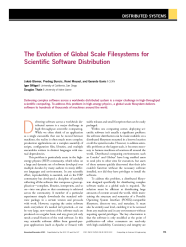
|
Jakob Blomer, Predrag Buncic, Rene Meusel, Gerardo Ganis, Igor Sfiligoi and Douglas Thain, |

|
Douglas Thain, Peter Ivie, and Haiyan Meng, |

|
Haiyan Meng, Rupa Kommineni, Quan Pham, Robert Gardner, Tanu Malik and Douglas Thain, |

|
Haiyan Meng and Douglas Thain, |
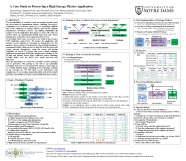
|
Haiyan Meng, Matthias Wolf, Anna Woodard, Peter Ivie, Michael Hildreth, and Douglas Thain, |

|
Dillon Skeehan, Paul Brenner, Ben Tovar, Douglas Thain, Nil Valls, Anna Woodard, Matthew Wolf, Tessa Pearson, Sean Lynch, and Kevin Lannon, |

|
Patrick Donnelly and Douglas Thain, |

|
Patrick Donnelly, Peter Bui, Douglas Thain, |

|
Gabrielle Compostella, Simone Pagan Griso, Donatella Lucchesi, Igor Sfiligoi, and Douglas Thain, |
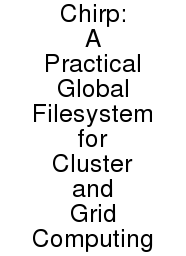
|
Douglas Thain, Christopher Moretti, and Jeffrey Hemmes, |

|
Douglas Thain and Christopher Moretti, |

|
Christophe Blanchet, Remi Mollon, Douglas Thain, and Gilbert Deleage, |
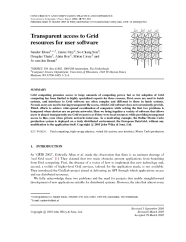
|
Sander Klous, Jamie Frey, Se-Chang Son, Douglas Thain, Alain Roy, Miron Livny, and Jo van den Brand, |

|
Stefano Belforte, Matthew Normal, Subir Sarkar, Ifor Sfiligoi, Douglas Thain, Frank Wuerthwein, |

|
Douglas Thain, Christopher Moretti, and Igor Sfiligoi, |

|
Douglas Thain, Christopher Moretti, Paul Madrid, Phil Snowberger, and Jeff Hemmes, |

|
Douglas Thain, Sander Klous, Justin Wozniak, Paul Brenner, Aaron Striegel, and Jesus Izaguirre, |

|
Douglas Thain, |
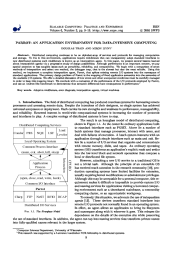
|
Douglas Thain and Miron Livny, |

|
Douglas Thain, |

|
Douglas Thain and Miron Livny, |